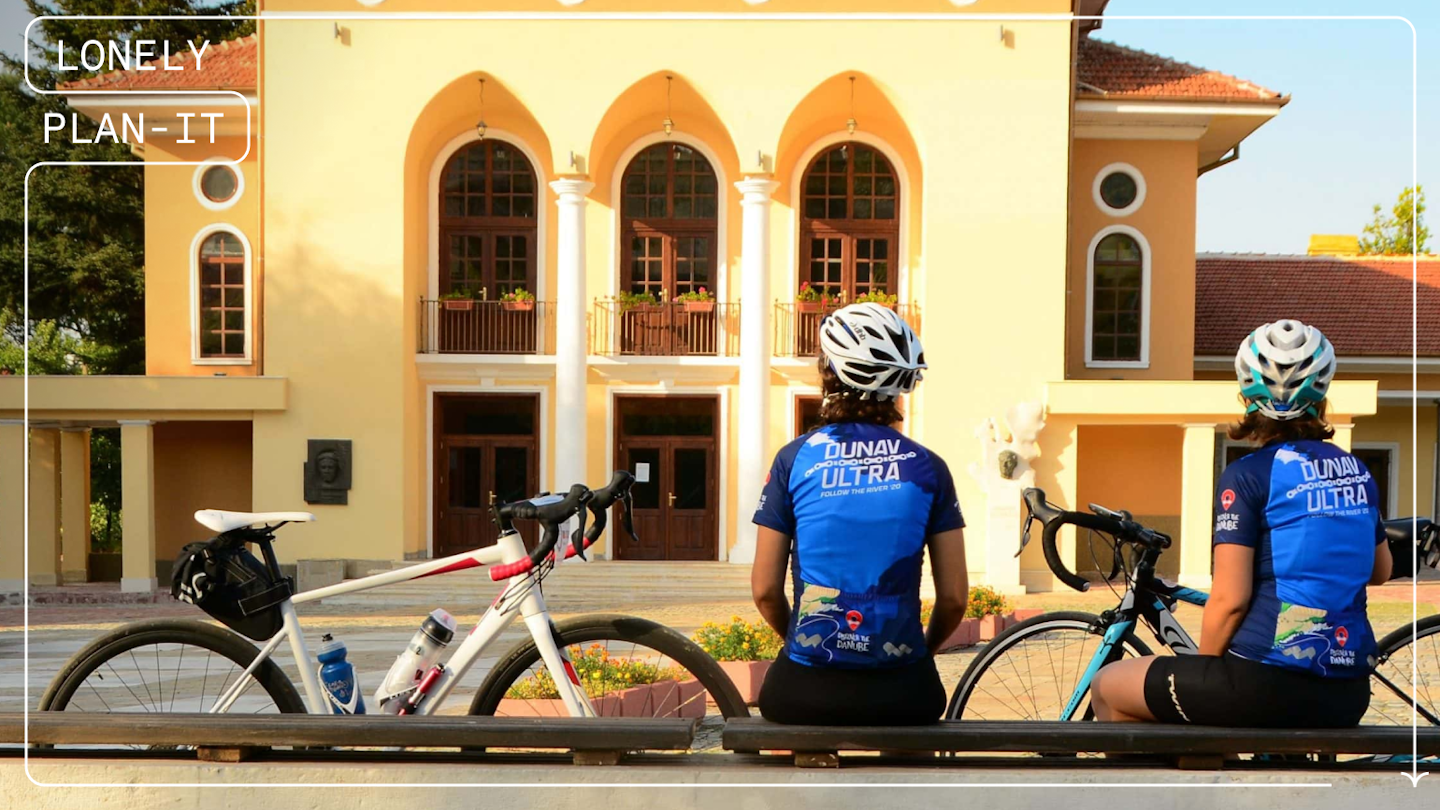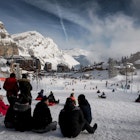In Lonely Plan-It, we take you step by step through how we planned some of the most complicated travel adventures. We asked Christopher Cooley to explain how to plan ahead to get the most out of Bulgaria’s longest tourist cycling route.
The Dunav Ultra trail runs 740km (460 miles), following the majestic Danube River from Kudelin, in Bulgaria’s far northwest, to the wild, sun kissed shores of Durankulak Beach on the Black Sea.
Embarking on this pedal-powered adventure connects you with the region’s river-centric traditions and natural beauty while offering a glimpse into the socio-economic changes that have shaped this distinct tract of the Balkan Peninsula over the centuries.
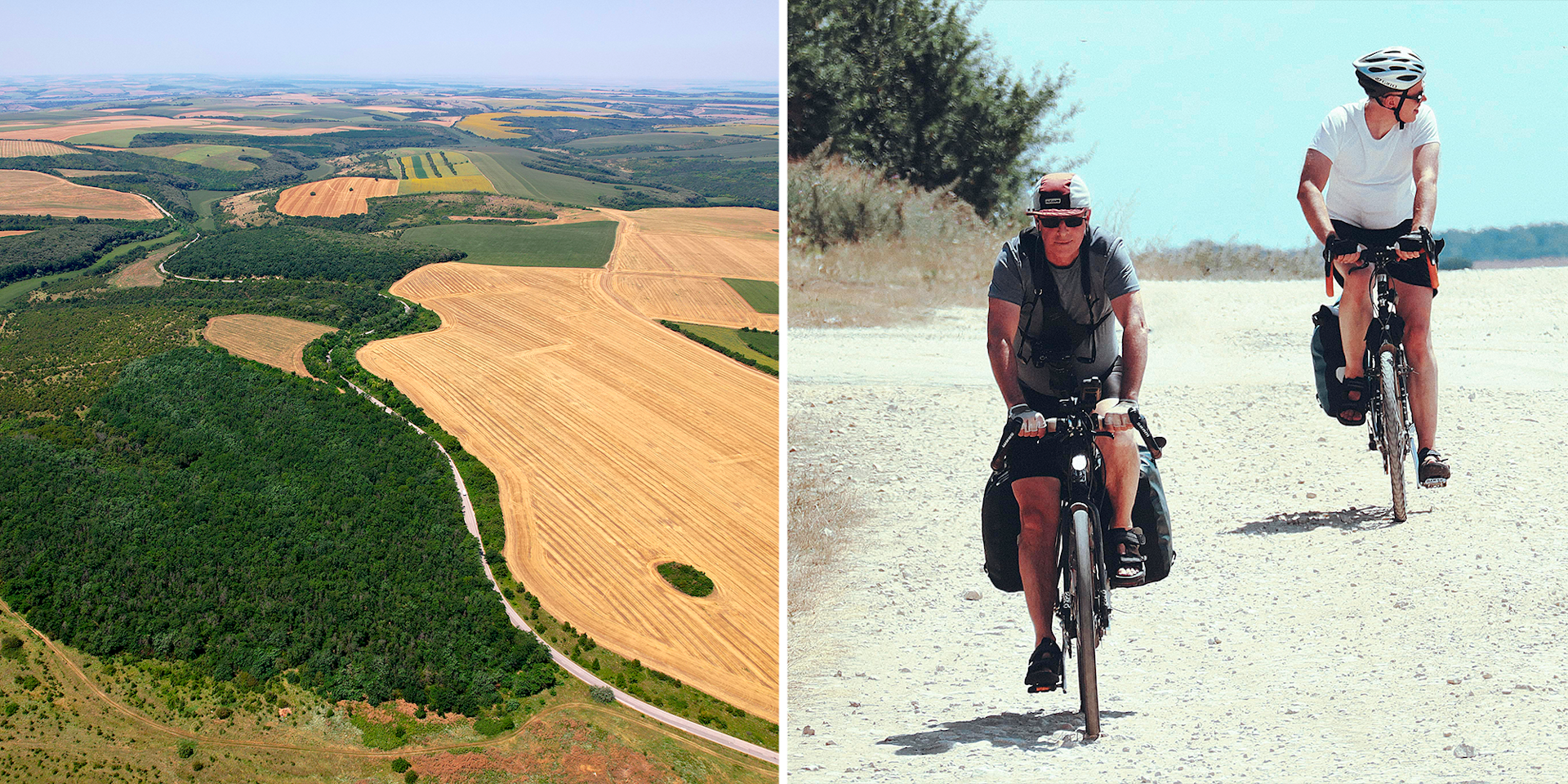
While Bulgaria remains one of Europe’s least-visited cycling destinations, the Dunav Ultra route is on a mission to change that by championing sustainable ecotourism along its entire winding course. For any intrepid cyclist ready to break away from the peloton of better-known cycling itineraries further west, it promises a truly unique experience – a perfect destination for an unforgettable bikepacking odyssey.
While smartphones and GPS make following the itinerary easy, the logistics of planning a long-distance voyage on two wheels can still be daunting, especially for a destination so off the radar for most cyclists and one only beginning to develop bicycle-specific services and infrastructure.
That’s where we step in, offering helpful pointers to make the process stress free.

Step 1: Pick your ride
Choose your style of cycling and prepare the essentials.
Before anything else, download the Dunav Ultra app, which will be absolutely essential for your trip. While much of the information is also on Dunav Ultra website, the app is packed with extra information and features. Perhaps the most interesting of these is the option to choose between two route types: “Classic” or “Adventure.” Your decision should be based on the type of cycling you prefer, with the Adventure map leading you more off-road to tackle dirt tracks. Even the Classic route, which tends to stick to asphalt, takes on some pretty roughly paved backroads.
With this in mind, you should bring a bicycle that matches your preferred riding style: a road bike with at least 28mm-wide tires or a fast-rolling gravel bike for the Classic option, or a gravel one with wide grippy tires or mountain bike if you opt for Adventure. Next, kit your bicycle out with bikepacking bags – making make sure all your essentials fit in – before breaking the bike down for onward travel via plane or train. Unfortunately, one-way rentals are not yet available but will hopefully arrive soon, encouraged by the continued efforts of Dunav Ultra to grow bicycle tourism in Bulgaria.
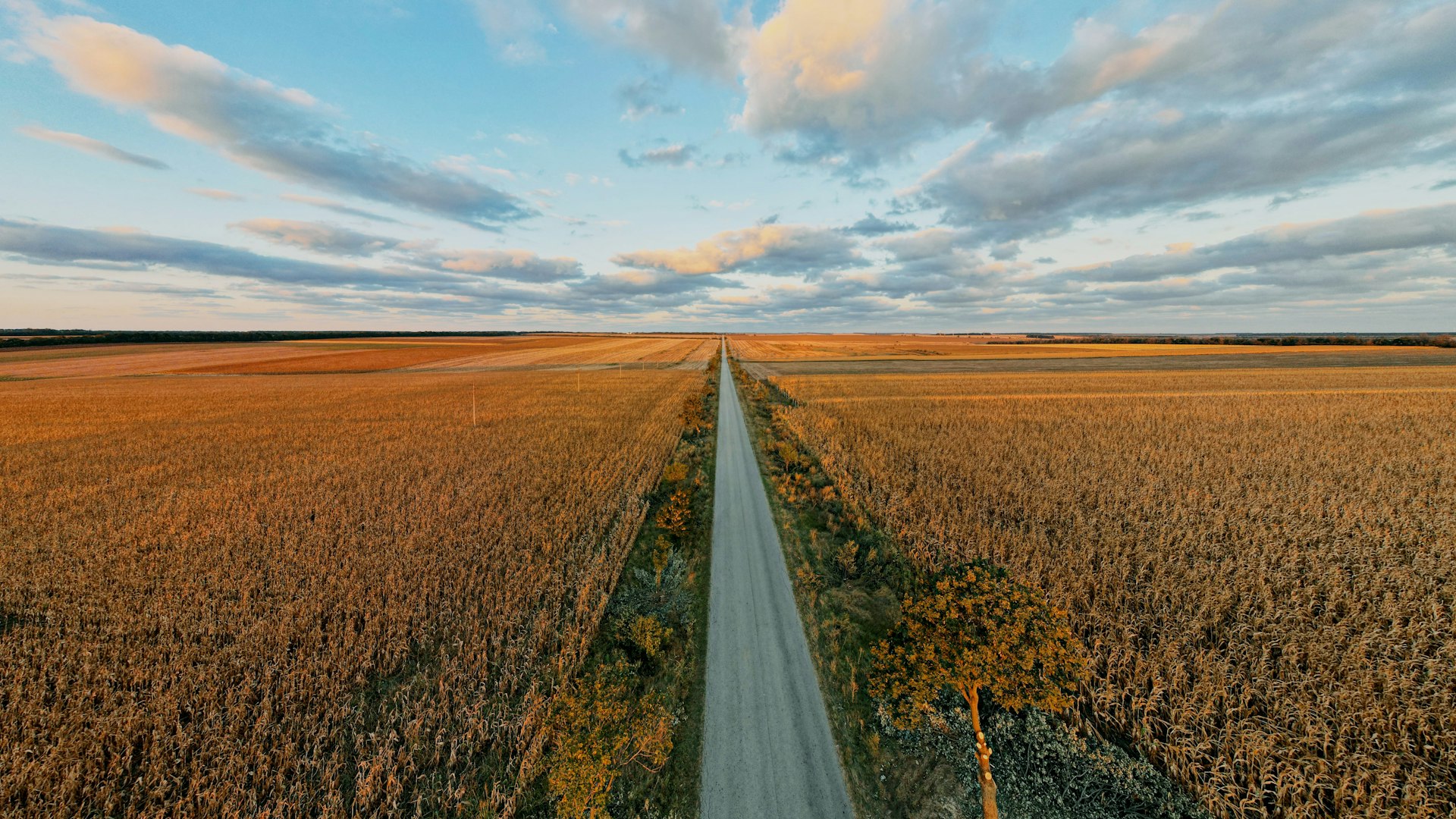
Step 2: Decide upon daily distances
Pick your daily totals depending on your level of experience.
Before embarking on this adventure, it’s crucial to consider the distances you intend to travel per day. As an ultra-endurance challenge, the route can be conquered in 48 hours – yet for those who want to go at a pace that allows every moment of the journey to be savored, you should expect to finish in a leisurely fortnight. On the app, the entire experience has been thoughtfully divided into 14 stages, each ending in a location with essential amenities that will ensure the trip runs smoothly (even if the road surfaces have other ideas).
For relaxed riders or those new to the world of cycle touring, dedicating a day to each stage of the Classic option won’t put too much strain on the leg muscles, and will leave you time to explore the villages along the way, and engage with the inevitably curious locals. The longest stage is 92km (57 miles), the shortest 23km (14 miles). For those accustomed to longer days in the saddle, consider combining some of the shorter stages into more-demanding days, with the aim of completing the full circuit in about a week.

Step 3: Make your travel arrangements in advance
Dial in the logistics of where you’ll lay your head and how you’ll get there and back.
Once you’ve established your preferred riding style and daily distances, you’ll gain a clearer idea of where you’ll be dismounting each evening and the overall duration of your journey. For those keen on sleeping under the stars, mixing wild camping with occasional nights in campsites is a wise move, especially for the intermittent luxury of a hot shower. Around the halfway mark, nestled within the Rusenski Lom Nature Park, Koukery Campsite stands out for its strategic location (definitely time for a good scrub by this point!), as well as its dramatic view over the canyon of the Cherni Lom River.
If you prefer to ride light, carrying little more than a credit card and banana in your jersey’s back pocket, numerous hotels and guesthouses en route will warmly welcome you in. Some, like the aptly named Boat Hotel in Tutraken, sit on the banks of the Danube and serve traditional fish dishes in their restaurants. Along with (naturally) the Dunav Ultra’s official beer.
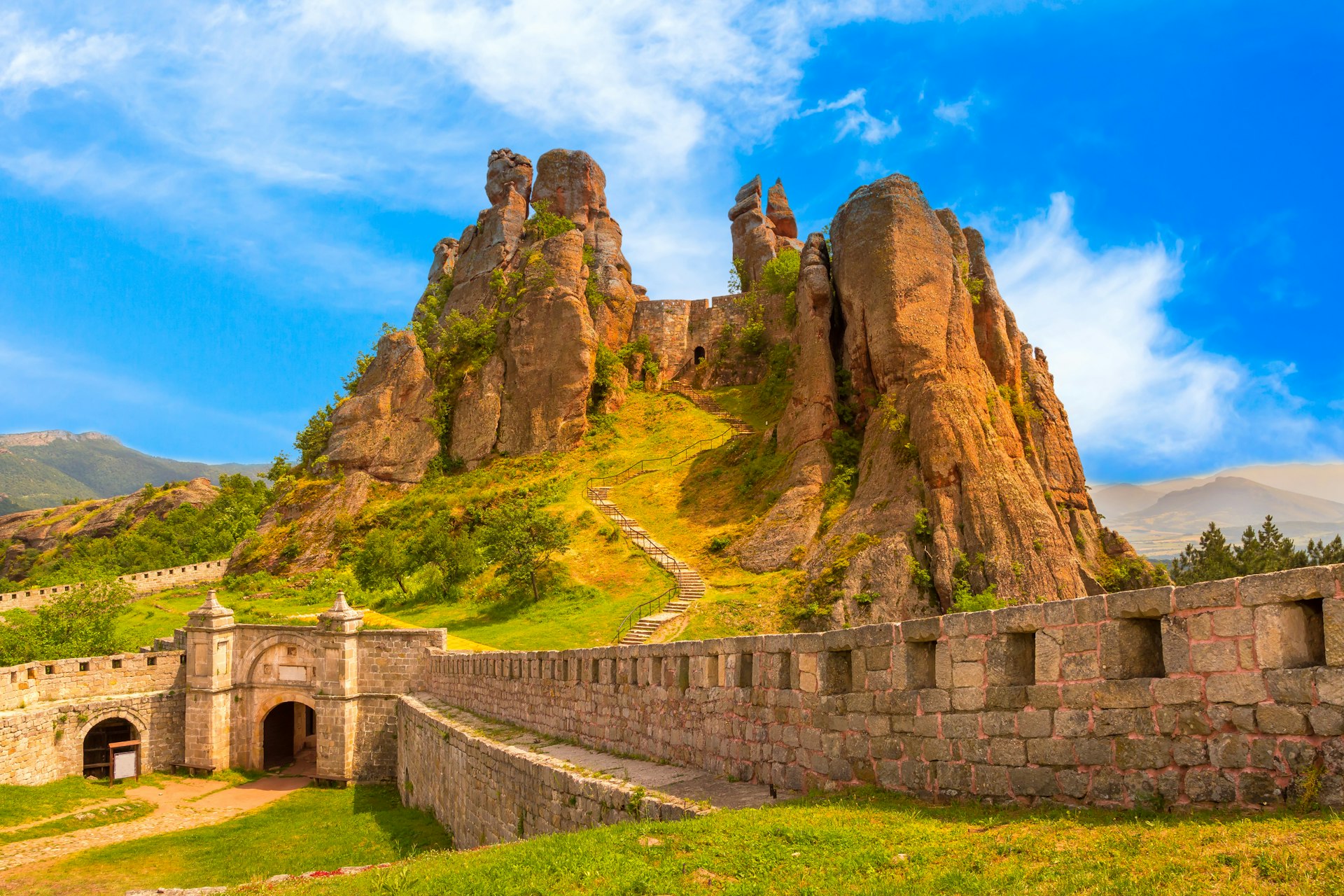
Unless you’re starting further west on the EuroVelo 6, which joins and overlaps Dunav Ultra for a seamless cycling connection all the way from the Atlantic, you’ll likely begin your Bulgarian journey in Sofia. From there, you can take a reasonably priced train to Vidin, the first town on the Dunav Ultra with a rail connection. (In addition to your ticket, you’ll need to prepay a small additional fee to bring your bike on the train.) These direct trains run frequently, with four to five departures daily; the journey takes five hours.
The nearest train station to the finish line is Kardam. From here, trains run on to Varna and its international airport in the morning and evening, with one change at Dobrich, for a four-hour journey in total. In 2024, the Dunav Ultra organizers are planning on adding packages, buyable on the app, that will include transfers to and from the airports, making the logistics even easier.
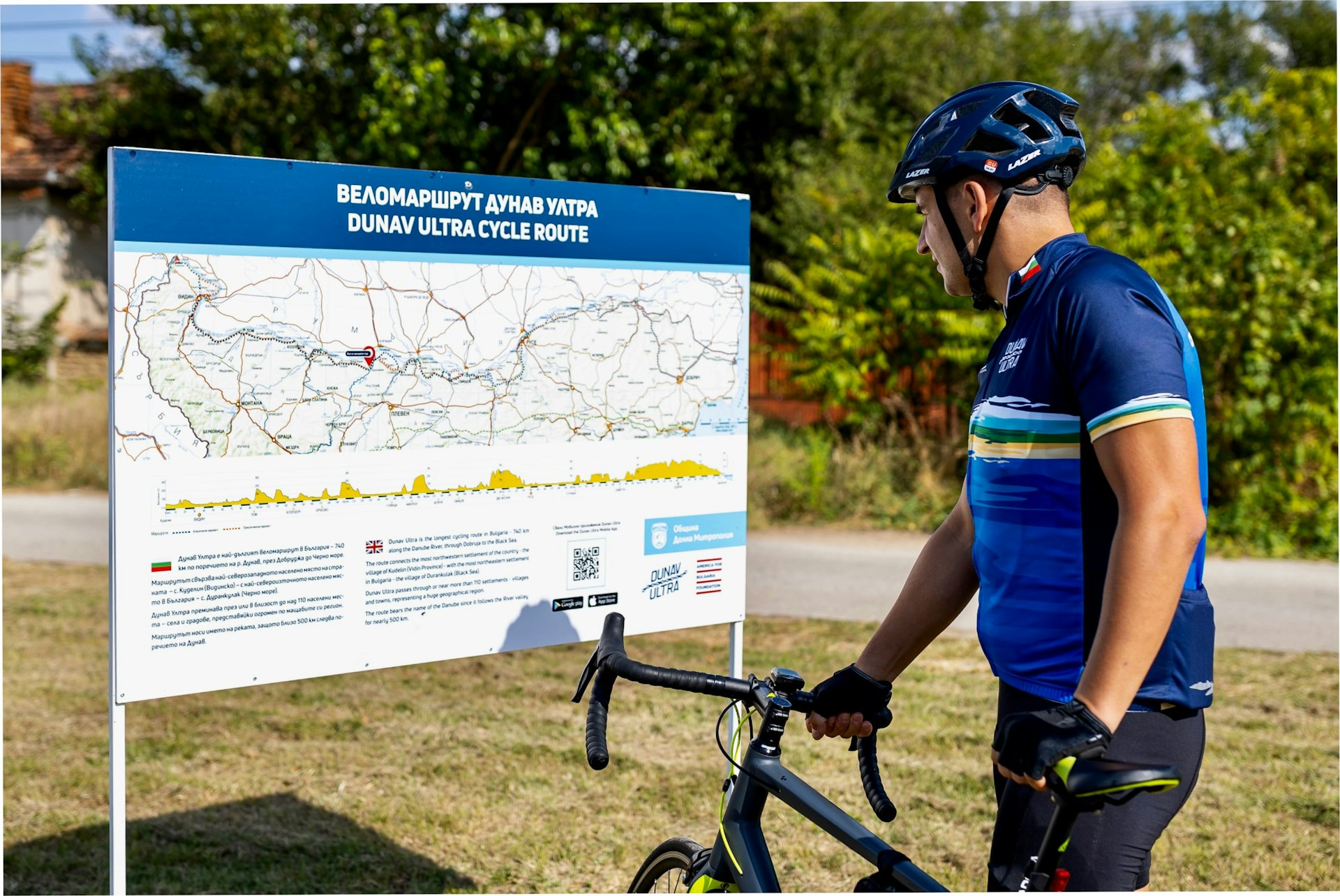
Step 4: Don’t skip the detours
Note where to deviate from the route.
Given the abundance of discoveries awaiting you along the way, having some idea of what you wish to experience beforehand ensures you won’t miss out. The app features a selection of 100 highlights, with something bound to please anyone. Boris Begamov, a founder and prime advocate of Dunav Ultra, says, “These are things you can consume with all your senses – what to see, what to hear, what to taste, or what to learn.”
For some, you’ll need to stray slightly from the route – but that just makes things more interesting. The Dunav Ultra team can send modifiable GPS files on request, and as a service can help redesign a track, with recommendations based on trip priorities.

Nature lovers will be enthralled by the rich biodiversity as the route passes through natural parks and protected areas including the Srébarna Biosphere Reserve, a freshwater lake and habitat for a magnitude of bird species, where if you’re lucky you might spot Dalmatian pelicans wading in the shallows.
History enthusiasts will have a field day exploring rock-hewn churches and monasteries, and will undoubtedly recognize the significance of the Danube Limes defenses that are found along their namesake waterway. These ramparts once delineated the frontier of the Roman Empire; their enduring presence offers a monument to ancient imperialism and its eventual decline. In Ruse, at Sexaginta Prista – the Port of the Sixty Ships fortress – parts of the defensive wall, along with a tower and temple, are preserved and showcased in an open-air museum.
For those who think more with their stomachs, regional culinary traditions are alive and well, with freshly caught fish taking center stage. Salamura, a spicy stew of roasted peppers, garlic and hearty chunks of chargrilled freshwater fish, is ideal comfort food and just about the tastiest reward imaginable after a day’s hard pedaling. Moreover, the locals won’t let you leave without having tried rakia, the apricot brandy that’s especially delicious in the Silistra region.
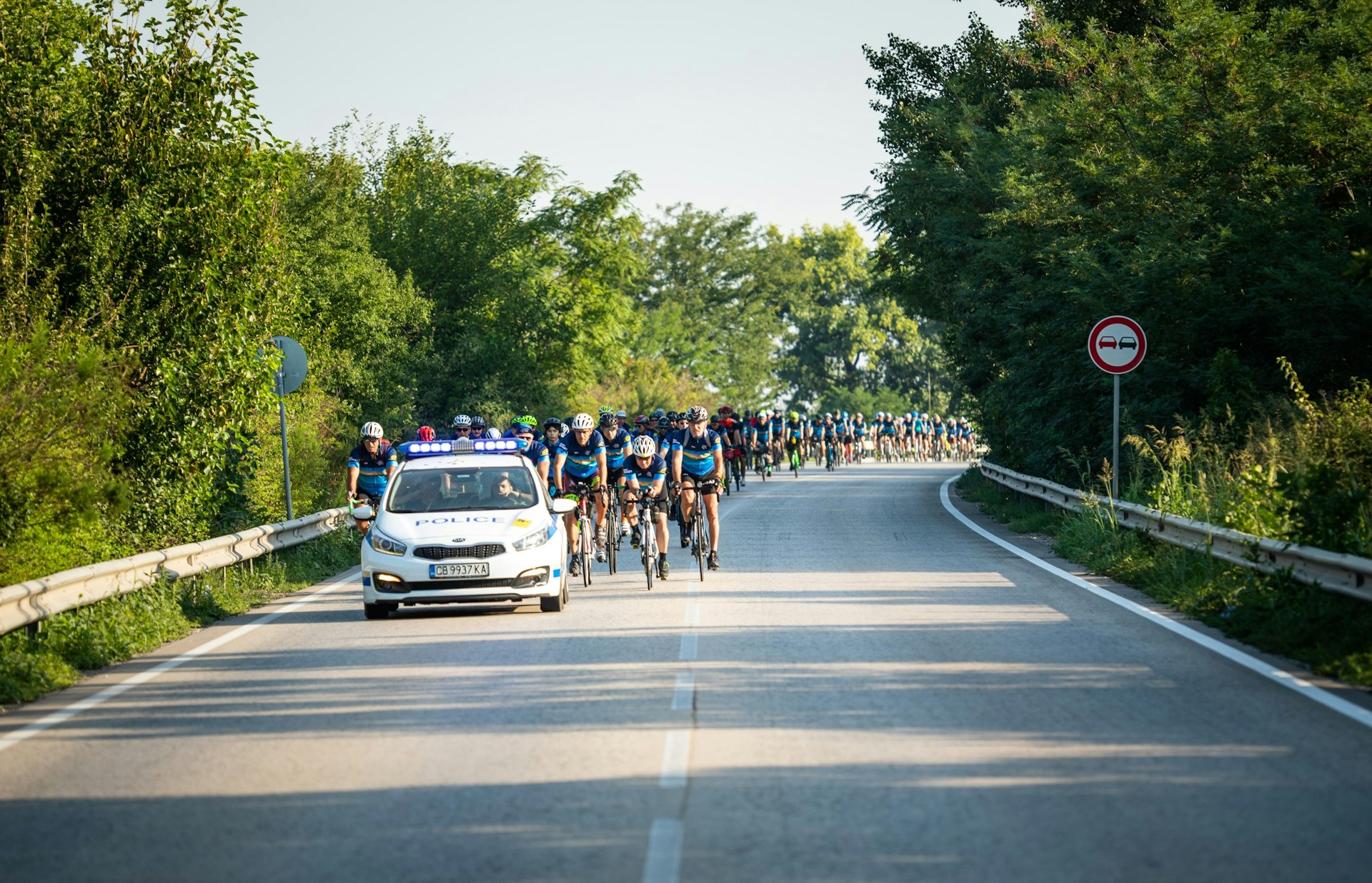
Doing it differently…
Every year Dunav Ultra organizes a mass ride, usually in late August or early September, to create buzz around the route. Over the years, this has become the biggest multi-day event for amateur cycling in Bulgaria, and offers the perfect chance to meet fellow cyclists on your ride. Participants all start together at Vidin, creating a sense of community – but then proceed at their own pace. At the finish, everyone receives a certificate to prove their contribution to promoting the region and the 119 towns and villages that the route passes through.
If you can’t make it at that time of year but want the certificate anyway, the “adventure kit” unlocks a checkpoints functionality in the app; you’ll officially complete the route by taking a selfie at all 26 selected checkpoints. Either of these alternative ways to ride supports Dunav Ultra and contributes to developing one of the most unknown sections of Europe’s long-distance cycling networks.
And one that’s perhaps the worthiest of being more widely discovered.

